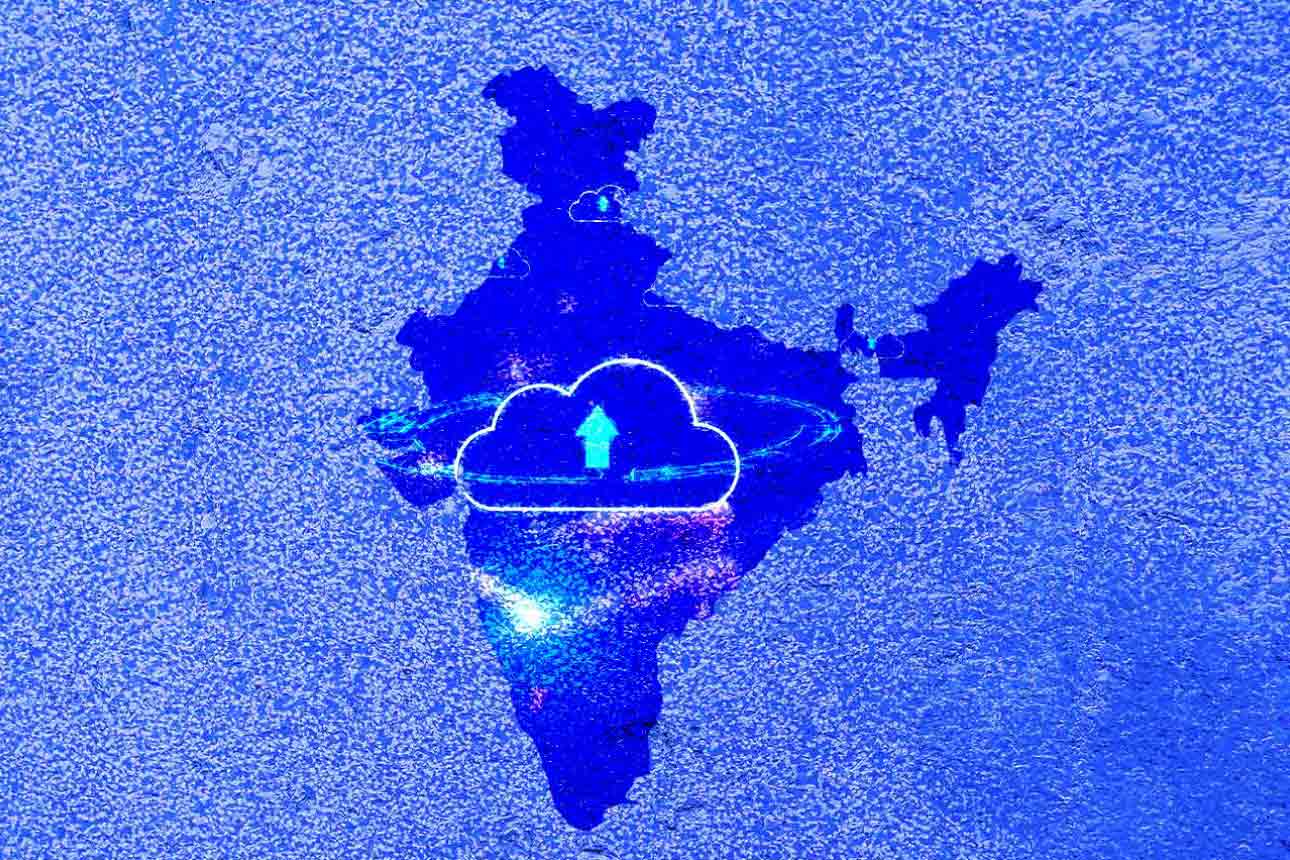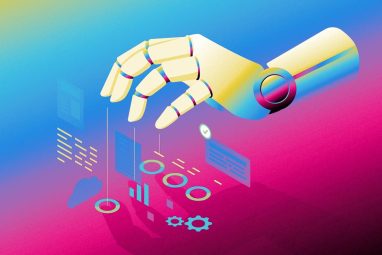India’s Digital Future Hinges on Getting the Cloud Strategy Right
As cloud adoption accelerates, India’s ability to move from cost optimization to innovation and scale will define its next decade of digital growth.
News
- OpenAI Weighs Trillion-Dollar IPO Following Major Restructuring
- After AWS, Microsoft Faces Wide Azure Outage Before Earnings
- OpenAI Sets 2026 Goal for AI Research Intern, Plans $1.4T Compute Push
- OpenAI Becomes a For-Profit Company
- Jindal Steel Names Gautam Malhotra CEO
- AI Agents are Now Part of the Developer Workflow, Satya Nadella Says

Just a few years ago, public cloud adoption in India was tentative, seen primarily as a cost-cutting measure for infrastructure. Widespread data privacy concerns and ambiguous regulations made many CXOs at large enterprises cautious, even as digital-native companies fully embraced the shift. Today, however, cloud computing, especially the public cloud, has become the foundational fabric enabling enterprises to leap into the future.
India’s cloud adoption story has been accelerated by public sector initiatives that strengthened the country’s digital backbone. The Enhancement of the National Informatics Centre (NIC) National Cloud Services project, launched in 2022, aimed to upgrade the national cloud infrastructure, enabling faster and more efficient e-Governance services. Today, over 300 government departments rely on cloud platforms, contributing to the rapid growth of India’s digital public infrastructure.
Similarly, the GI Cloud (MeghRaj) initiative has been crucial in driving cloud adoption across both central and state governments. By providing ICT services via cloud, it supports e-Gov applications ranging from digital payments to consent-based data sharing. The Ministry of Electronics and Information Technology (MeitY) has also empaneled multiple Cloud Service Providers (CSPs), ensuring government departments can meet the evolving needs while maintaining flexibility and compliance.
The Sovereignty Question
While global hyperscalers dominate the Indian cloud market, domestic players see sovereignty as a differentiator.
In an exclusive conversation with MIT SMR India, AS Rajgopal, CEO & MD of NxtGen, explained, “Globally, hyperscalers like AWS, GCP, and Azure command about 60–65% of the market, while the rest, including domestic cloud providers, make up around 35%. But in India, the global hyperscalers dominate even more strongly, holding over 85% of the market.”
He added, “This is why we believe there’s a clear need to provide clients with better alternatives through domestic service providers. We position ourselves as a sovereign cloud provider, which means our clients are not subject to foreign jurisdictional issues, like the case with Nayara and a few others.”
According to Rajgopal, jurisdictional concerns have become more pressing than cybersecurity. He pointed out that US-based cloud providers are subject to laws such as FISA (Foreign Intelligence Surveillance Act of 1978), which could mandate data sharing. In contrast, sovereign providers in India are not bound by such regulations.
“The opportunity is huge. The Indian cloud market is already worth over $9 billion and growing at around 24% annually. Global hyperscalers are expensive, so we can deliver much better value, and importantly, sovereignty is becoming a critical factor,” he added.
AI, Data, and the Risk of Exposure
Cloud adoption today is closely tied to the rise of AI. But with that comes fresh concerns. Rajgopal warned, “Many employees experiment with tools like ChatGPT by uploading business documents or confidential IP. With commercial frontier models, there’s always a risk that sensitive data will be absorbed into the model’s learning. OpenAI itself trained ChatGPT on massive amounts of unconsented data, and the trend continues.”
He emphasized the growing role of open-source AI alternatives:
“By adopting open-source models, enterprises can retain much greater control over how their data is used and minimize the threat of data loss.”
An EY report further highlighted the scale of this shift. As COVID-19 accelerated digital adoption, a host of technology companies invested significantly in enhancing their cloud offerings. With edge computing, high-performance computing and AI/ML models coming in, companies are investing in many areas like cloud-based data infrastructure solutions, data applications, and AI solutions.
From India’s vaccination drive to Telangana’s Aarogyasri healthcare program, the ability to quickly scale services through the cloud has become mission-critical.
Building for Security and Resilience
With the increasing use of cloud in sensitive areas like governance and elections, resilience has become paramount. Rajgopal noted, “The Election Commission is actually a serious security target, because almost everyone wants to disrupt it, especially during key public activities. For example, during the elections, there are often attempts made to bring the portals down.”
NxtGen’s approach, he said, combines strict adherence to CERT-In recommendations, multi-layered vendor diversity, constant vigilance, and disaster recovery strategies.
“We’ve been fortunate to manage this successfully, including during the last three Lok Sabha elections. The real achievement is that we’ve been able to operate for over 80 years without a breach.”
Competing with Global Giants
Despite progress, the challenges of competing with global hyperscalers are immense. “Just the top four companies, Amazon, Google, and others, are investing nearly ₹3 lakh crore in 2025 alone toward AI-related products and services. Competing with that level of financial muscle is nearly impossible, not just as a service provider, but even at the scale of an entire nation,” Rajgopal observed.
India also faces restrictions in timely access to advanced GPUs and technologies due to geopolitical considerations. Talent retention is another challenge, with global firms attracting top talent with premium salaries.
Rajgopal’s view is pragmatic: “India may not lead in developing AI technologies, but I believe we will lead in AI adoption. India already has the second-largest population of AI-aware people. That awareness ensures that when we build use cases, adoption happens at scale.”
What’s Next?
Cloud adoption also brings with it a steep demand for skilled professionals. According to Nasscom, India’s cloud talent pool is expected to more than double from 608,000 in 2021 to 1.5 million by 2025. Advanced digital workers with cloud expertise already earn 65% more than non-digital workers, and the demand for roles like cloud solution architects, DevSecOps engineers, and cloud security specialists is set to intensify.
Looking ahead, NxtGen’s strategy is anchored around two priorities: building the enterprise inference market and investing in modern AI infrastructure. “We want to build and scale AI use cases that enterprises can deploy internally or for their customers. We’ve already developed over 40 such use cases that improve productivity and deliver real economic value. It’s equally important to ensure India has access to the most modern AI infrastructure. We continuously invest in state-of-the-art GPUs. Our approach is clear: we may not be the largest, but we will always be among the most advanced,” Rajgopal concluded.




